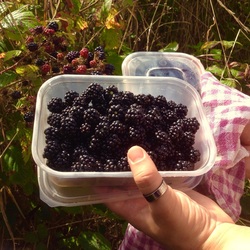 Lush! I love blackberry season!
Lush! I love blackberry season! “Hedgerow jam” is really a catch-all name for any jam you make using the fruits of your foraging labours – blackberries, elderberries, crabapples, rosehips, sloe, hawthorn, damsons and so on. You don’t have to have a particular ratio of fruit, but with the current blackberry glut I’d suggest you pick lots of blackberries and supplement them with a few handfuls of whatever else you happen to find. If you’ve got a cooking apple at home, throw that into the mix, too.
Here is the basic recipe for jam: boil approximately equal weights of fruit and sugar together, maybe with a bit of water, until it sets.
That’s it. At the heart of it, making jam truly is that simple. Now that you realise jam-making is well within your capabilities, here are the only other things you need to know to make epic jam.
Pectin and sugar make your jam set
Prepare your fruit
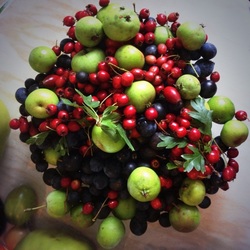 Crabapples, sloe, hawthorn and rosehips.
Crabapples, sloe, hawthorn and rosehips. Return the mix to your saucepan and add the blackberries and sugar. If you’re using blackberries by themselves, they’re fine to cook with the sugar from the start.






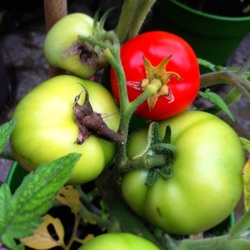


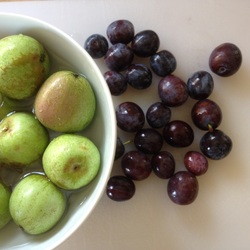
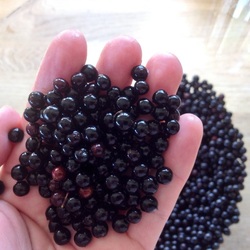
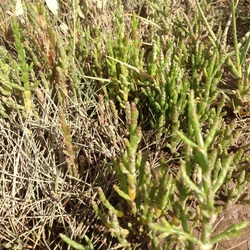



 RSS Feed
RSS Feed
